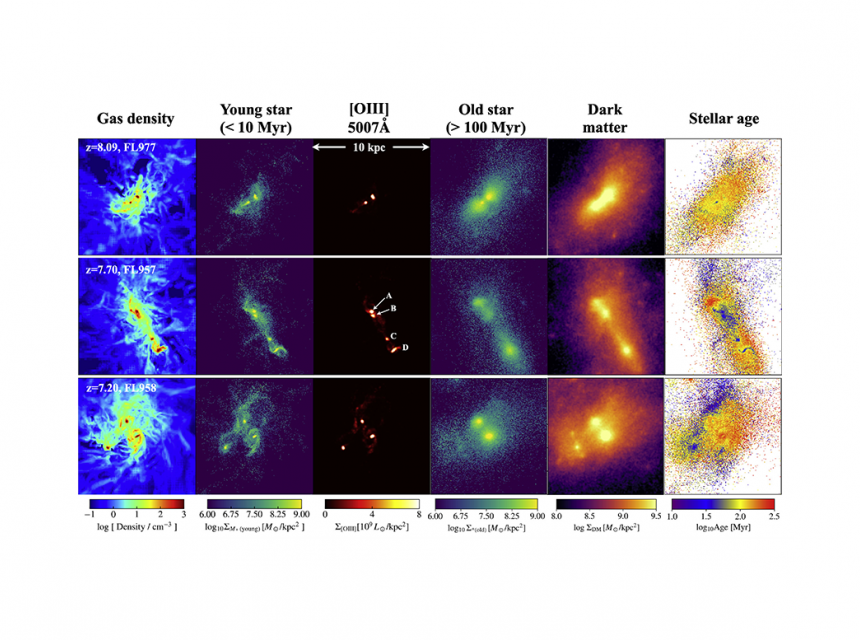Daniel Ceverino (UAM) — FirstLight: Simulation of the first galaxies in the early Universe
Don't miss any Success Story following us on X and LinkedIn!
@RES_HPC RES - Red Española de Supercomputación
Check this Success Story at our LinkedIn: FirstLight: Simulation of the first galaxies in the early Universe
💡 A Success Story to understand the first galaxies of the Universe💡
📋 "FirstLight: Simulation of the first galaxies in the early Universe" led by Daniel Ceverino from Universidad Autónoma de Madrid
Before the formation of the first galaxies, the Universe was mostly neutral, cold and dark, since the expansion of the Universe had strongly reduced its energy and the photons couldn't heat it up. That changed around 400 Million years after the Big Bang, when the first galaxies formed, but very little is still known about their properties.
The JWST has immensely contributed to probe into such early moments, finding a higher-than-expected number of bright galaxies at 275 Million years after the Big Bang. The FirstLight project put theoretical predictions to the test to see if they match this observational data via #HPC simulations.
🖥️ Thanks to RES supercomputer #MareNostrum5 from Barcelona Supercomputing Center, the simulations accurately followed the gravitating N-body system and the gas dynamics by means of an Adaptative Mesh Refinement (AMR) approach. They particularly used ART, a MPI+OpenMP hybrid code that subdivides the full cosmological volume into smaller, more efficient subdomains.
The team found that the formation of such-early galaxies is driven by a gas-to-star conversion rate that increases significantly at early times, that is, a high galaxy efficiency, which explained the observed number of bright galaxies. They also studied clumpy galaxies, finding that the central clumps are dominated by older stars, while off-centered clumps were mostly formed by younger ones. The latter is formed from gas debris in the tidal tails of galaxy mergers, which makes them short-lived and merge relatively soon.
📸 The images show, respectively: the evolution of the cosmic UV density for galaxies with MUV < -17 compared to other simulations (Ceverino et al. 2024) and 3 simulated clumpy galaxies at different redshifts (Nakazato, Cerverino and Yoshida 2024).
📹 👇 You can check simulations for the density and dark matter density evolution below the images (Nakazato, Cerverino and Yoshida 2024).
More info at: https://lnkd.in/dim6HcCg




